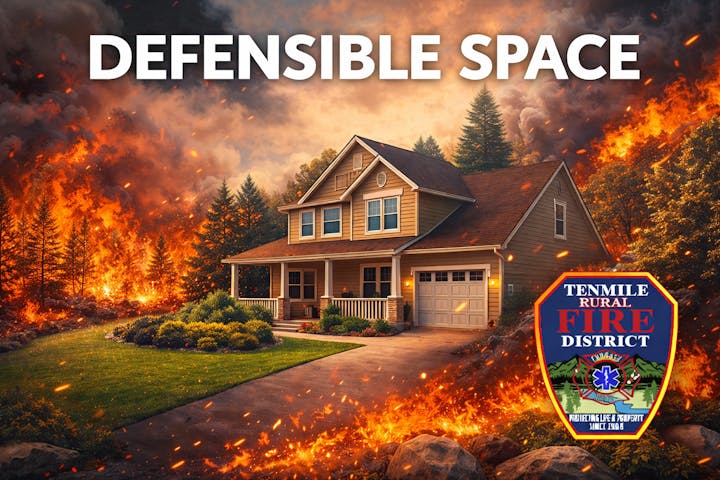Emergency Preparedness
The term refers to the steps you take to make sure you are safe before, during and after an emergency or natural disaster. These plans are important for your safety in both natural disasters and man-made disasters. Examples of natural disasters are floods, blizzards, tornadoes and earthquakes. Man-made disasters can include explosions, fires, chemical and biological attacks.
People with disabilities may be especially vulnerable during and after emergencies. In an emergency, many systems you rely on may not function as well as they usually do. Familiar landmarks and usual travel routes you and your service animal know may be altered. Utilities like electricity, water, gas and phone service may be disrupted. You might need to temporarily evacuate to a shelter which may not be fully accessible for your needs. The resources, tips and strategies on this page can help you plan to be prepared for these situations.
When a disaster strikes, it’s too late to think about what you should have packed to weather the storm, and before disaster strikes, it can be daunting to know what to include. All-inclusive kits are expensive and don’t necessarily include items specific to you and your family. Since everyone is at risk, we should all have a plan.
This guide walks you through the basic items so you can build a kit yourself--mostly with items you’ll find around your home. At the end there are further resources to dive into your planning efforts.
Water
- One gallon, per person, per day for three days
- Keep in air-tight, plastic containers that are easy to access
Food
- Three-day supply of non-perishable foods
- Camping Cooks has a great emergency food guide for Eating and Cooking When the Power Goes Out
- Don’t forget food for your pets
First Aid
In an emergency, you or a family member may be injured. An adequate First Aid kit can keep a minor injury from turning major. You may want to take a basic first aid class though the Red Cross or online through the National Safety Council.
Basic First Aid Items in Your Kit:
- Sterile gloves
- Sterile dressings
- Soap and antibiotic towelettes
- Antibiotic ointment
- Adhesive bandages in a variety of sizes
- Eye wash solution
- Thermometer
- Prescription medications you take every day
- Prescribed medical supplies such as glucose and blood pressure monitoring equipment and supplies
- First Aid book
- Non-prescription drugs (aspirin or non-aspirin pain reliever, anti-diarrhea medication, antacid, laxative)
Sanitation
Adequate sanitation is a significant environmental concern after a disaster. When sewer pipes are damaged or the sanitation system goes off-line, entire communities, including people and habitats are at risk. Be prepared to take care of your waste for the same period of time as you’ve prepared food and water. A basic sanitation kit should include:
- Toilet paper
- Soap
- Feminine supplies
- Plastic garbage bags & ties
- Plastic bucket with tight lid
- Chlorine bleach
- Supplies for pet waste
Tools & Supplies
What you need can vary greatly based on where you live, the type of disaster you expect and your family unit. Talk with your family about items they wouldn’t want to be without in an emergency. Here are some basic items that most people will need in a disaster:
- Wrench to turn off gas and water lines
- Cups, plates and utensils (raid your camping gear to save money -- just don’t forget to replace them after each trip)
- Light source (solar is best so you don’t have to worry about batteries)
- Radio (get one that is USB powered and check out our Solar Charger & Battery Bank or buy a battery-operated radio and extra batteries)
- Manual can opener or a utility knife
- Small fire extinguisher
- Pliers
- Duct tape
- Matches in a waterproof container
- Plastic storage container to keep everything in one place
Documents
In preparation, scan valuable documents and store them securely online so they can’t be ruined by a disaster. It may be helpful to have copies of key items (like insurance cards, social security number, passwords and insurance policies) in your kit as well. Take short videos to catalogue valuables in your home, such as vehicles, computers, furniture and artwork, for insurance purposes. Key documents include:
- Will, insurance policies, contracts, deeds
- Passports, social security cards, immunization records
- Bank account numbers
- Credit card account numbers and companies
- Family records (birth, marriage, death certificates)
This page is under construction and being improved.



